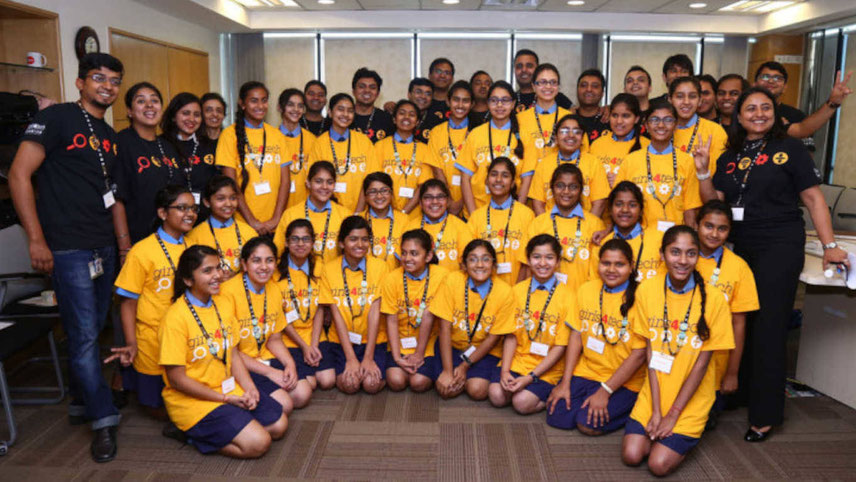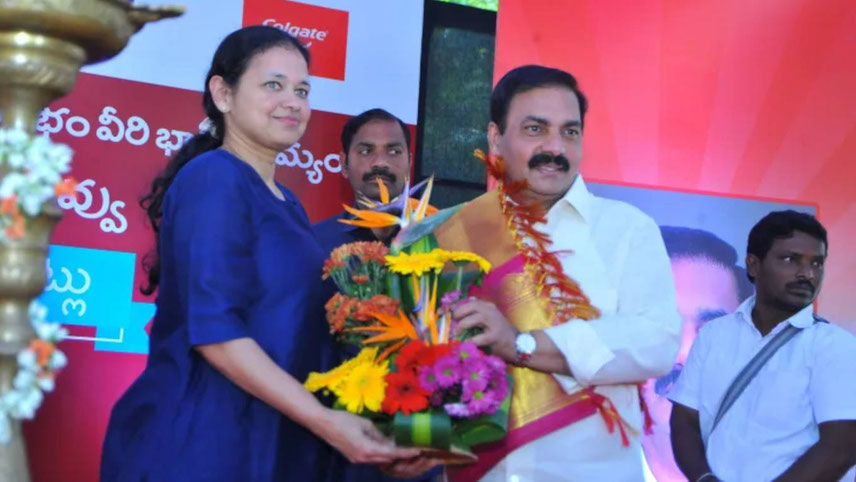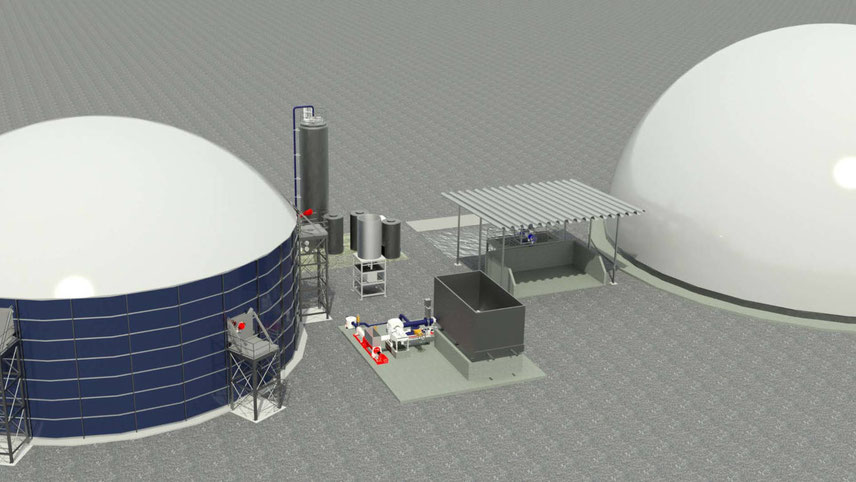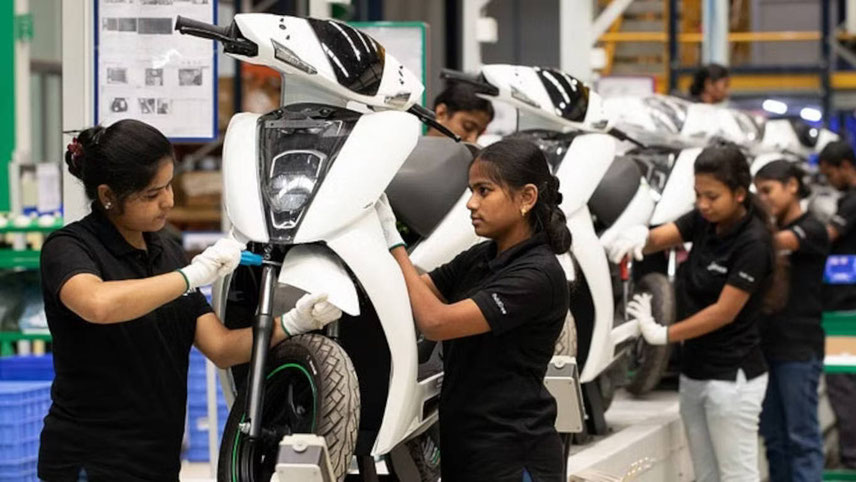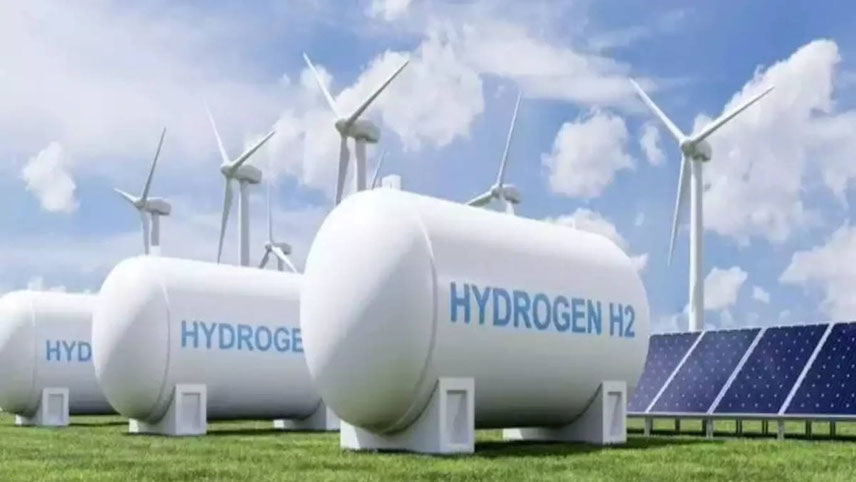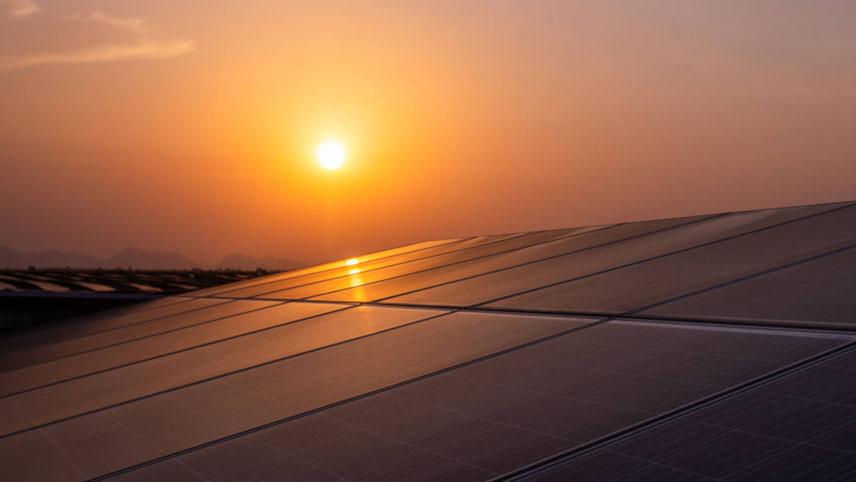With the environmental concerns intensifying the world over, eco-activists are seeing red in fossil fuel usage. Coal is the single biggest contributor to anthropogenic climate change. The burning of coal is responsible for 46 per cent of carbon dioxide emissions worldwide and accounts for 72 per cent of total greenhouse gas (GHG) emissions from the electricity sector. However, coal remains the predominant energy source in India. What makes coal the preferred choice of fuel is its abundant availability and affordability. With the renewable and cleaner energy sources steadily gaining ground to mitigate environmental impact, diversification of coal for its sustainable use is inevitable. Coal gasification is considered a cleaner option, compared to the burning of coal. Gasification facilitates utilisation of the chemical properties of coal. The process of partially oxidising coal with air, oxygen, steam or carbon dioxide to form syngas is called coal gasification. Syngas is a mixture of carbon monoxide (CO), hydrogen (H2), carbon dioxide (CO2), natural gas (CH4) and water vapour (H2O). During the process of gasification, coal is blown with oxygen and steam while also being heated under high pressure. The method is gaining acceptance due to positive environmental issues associated with this technology over other combustion technologies. Once coal has been converted into gas, it is easy to get rid of the pollutants, such as sulfur, particulates and mercury, which may be stripped out and then commercially sold. The clean gas may then be utilised for different forms of fuels like oil for fueling cars or heating. But to ensure optimal process efficiency, an in-depth understanding of the properties of coal that influence gasification behaviour is required. Further, the experience of coal gasification in India is limited. Climate change goals India, being a signatory to the Paris Agreement 2016, has declared three quantitative climate change goals, as its Nationally Determined Contribution (NDC), such as reduction in emissions’ intensity on gross domestic product (GDP) by 33-35 per cent by 2030, from the 2005 levels; achieving about 40 per cent cumulative electric power installed capacity from non-fossil fuel-based energy resources by 2030; and creating an additional carbon sink of 2.5-3 billion tonnes of carbon dioxide equivalent through additional tree and forest cover by 2030. To achieve its goal, the ministry for coal has taken the initiative to utilise coal through coal gasification and achieve 100 million tonnes of coal gasification by 2030. Coal India has signed MoUs – one each with the three major PSUs of the country (BHEL, IOCL and GAIL). NLC India is also signing an MoU with BHEL. Surface coal gasification (SCG) projects are planned to be set up in West Bengal, Odisha, Chhattisgarh, Maharashtra and Tamil Nadu, at an aggregated estimated cost of Rs35,000 crore. “The move to set up SCG projects is aimed at reduced forex outgo, promoting self-reliance and capitalisation of indigenous resources, says Pralhad Joshi, Union minister for coal. In November, while launching the sixth tranche of the auction for commercial coal mining, Finance Minister Nirmala Sitharaman had stated that India would need greater investment in coal production and gasification projects as, globally, energy prices, especially that of gas, are going up.”
-

Coal gasification is considered a cleaner option; Pix: Sajal Bose



























